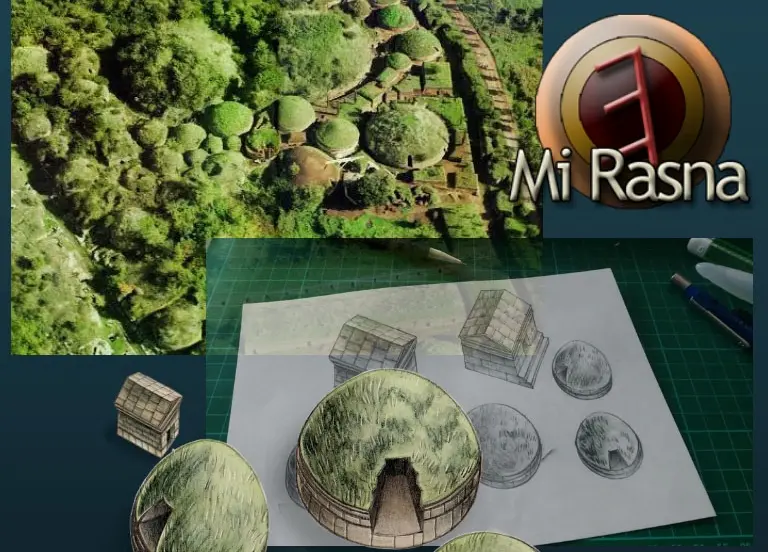

Mi Rasna and the Etruscan Mediterranean
The Etruscan civilization, which developed from the 9th century BCE and survived until 1st century CE, mostly across the present-day regions of Tuscany, Umbria, Lazio, had an enormous influence on the culture of Ancient Rome. The focus of a long process of cultural assimilation, certainly not without critical nor tense moments, Etruscan civilization contributed over time to laying a solid base for the Roman culture that followed. Visiting some of the main Etruscan city-states today means returning to the very origins of Ancient Rome and at the same time discovering a new dimension. What better way to track the Etruscans across the numerous archaeological sites that have survived until today, than on the pathway outlined in Mi Rasna: I’m Etruscan. Mi Rasna is a strategy – management game where the player is a lucumone, a local magistrate, administering one of the 12 city-states of Etruria. The game was developed in partnership with numerous archaeological museums in Umbria, Tuscany and Lazio and aims to raise awareness about the territory and wealth of Etruscan historical and archaeological heritage, also providing themed quizzes and encyclopaedic-type information for those playing. We outline the pathway across Etruscan Italy in Mi Rasna, focussing in particular on the Mediterranean coast from Lazio to Tuscany.
Print itinerary